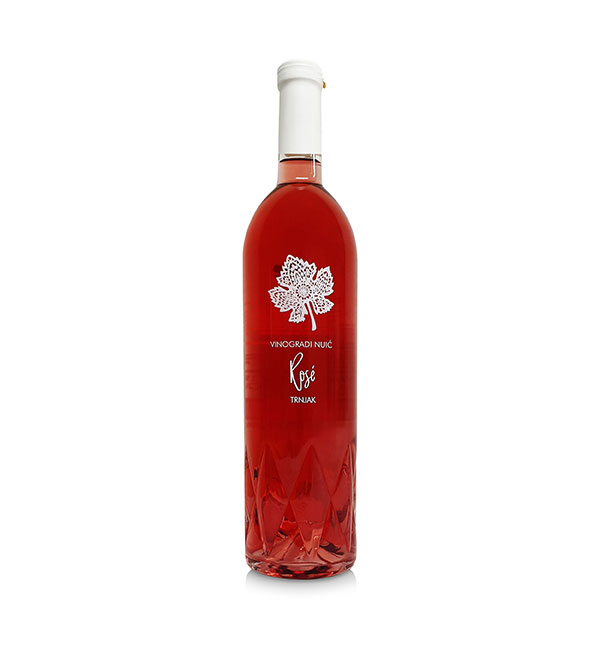Everything you need to know about Rosé wines

Rosé (from the French, rosé [ʁoze]) is a type of wine that contains part of the color of the grape skin, but not enough to qualify as a red wine. It is perhaps the oldest known type of wine, as it is easiest to make by the method of skin contact.
Rosé wine has been enjoying quite a bit of popularity lately. It is often placed in the context of a woman’s drink which is wrong. Both sexes enjoy a glass of good rosé.
It is an elegant, light and refreshing experience. They are generally presented with warm weather and snacks, but are versatile and drinkable enough for all seasons.
Rosé wine is special because it is neither red nor white wine. Its taste leans towards white wine, and the color towards red wine. We know that the pigments that give color to wine are found in the skin of grapes. Freshly squeezed grape juice will be transparent, but if we briefly expose it to the action of the skin, it will take on a pink tone.
So the color of Rosé depends on the time the wine was exposed to the skin. The color palette is very wide, from peach to cherry or raspberry. The aromas that adorn Rosé wines can be varied as well, from strawberry, watermelon, raspberry, citrus, floral notes.
"A meal without wine is like a day without sun."
– Anthelme Brillat- Savarin
Rosé wine and its production
There are 3 technologies for the production of rosé wine and they are:
Skin contact
Production technology that is similar to the production of white wines and then rosé wines can be obtained from lighter shades to darker colored ones. Black grapes are crushed and crushed, the mash is sulphured and goes to draining. Then the solitude is very light in color. The drained mash is pressed, and the self-flowing fraction goes to fermentation together with the pressed fraction.
Saignèe, from French “bleeding”
The production technology is similar to the production of red wines, and then pink wines of darker shades of pink are obtained, which go all the way to red. The grapes are shredded, roasted and the beans are macerated. Cold maceration at low temperatures allows the color to separate from the skin, which turns into juice and does not flow along with the alcoholic fermentation. Maceration usually lasts 3-24 hours, after which the mash goes to draining and pressing. The longer the maceration, the more intensely colored rosé wines are obtained.
Mixing wine
There is a less common technology that combines red and white wine to produce rosé wine. This is especially true when a little red wine is added to color the white wine with a pink hue. This technique is widely used in the Champagne area where Pinot Noir is mixed with the Chardonnay variety to produce sparkling rosé.
Types of Rosé wines
Rosé wines can be made calm, semi-sparkling or sparkling and with a wide range of sweetness, from very dry Provencal rosé to sweet white Zinfandel. Rosé wines are made from a wide selection of grapes and can be found all over the world, it is not unusual to come across Rose Cuvée wines either.
Serving and pairing
The ideal temperature for serving rose wine is between 10 and 15 degrees Celsius.
It goes well with almost all dishes, it is often the choice for light and fresh dishes, snacks and fingerfood.
Rosé Trnjak
Prepared from the Trnjak grape variety. It is adorned with raspberry color and scents of cherry, strawberry and rose. Our gastro recommendation is to combine it with vegetable dishes, white meat, seafood dishes and desserts.
You can buy Rosé Trnjak in our web shop.

Rosé Let’s Go
Rosé Let’s Go – prepared from the Blatina grape variety. It is adorned with a light pink color and scents of cherry, raspberry and herbal notes. It is fresh, light and harmonious with a sweet finish. We recommend consuming before meals as an appetizer or with vegetable dishes, fruit desserts.
You can buy Rosé Let’s Go in our web shop.



Recent Comments